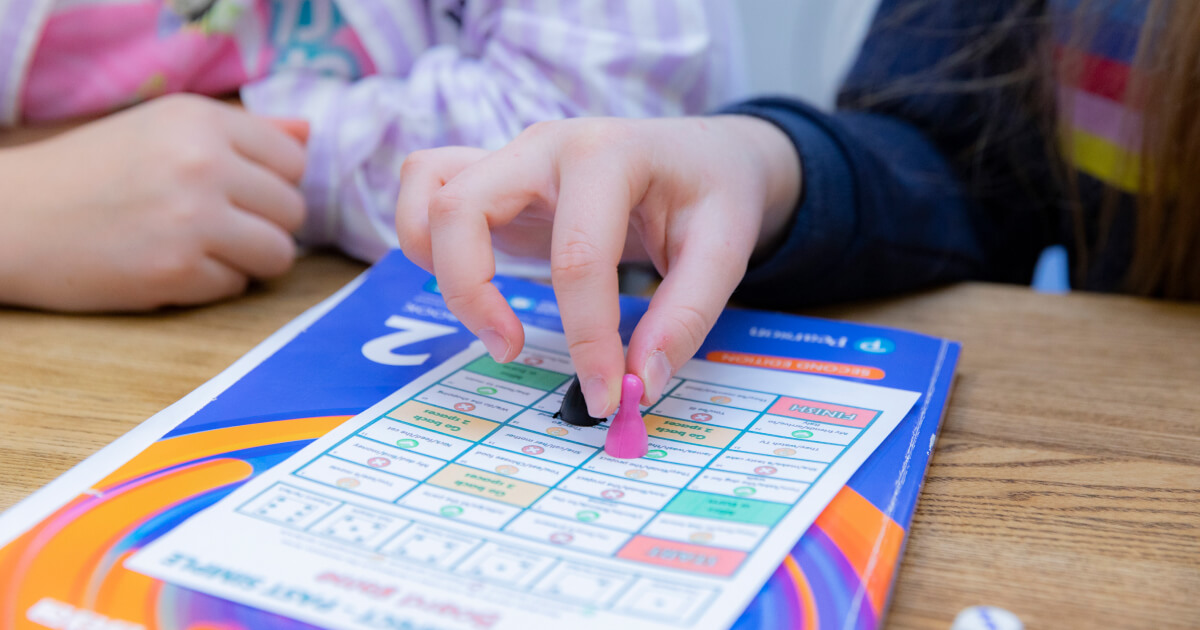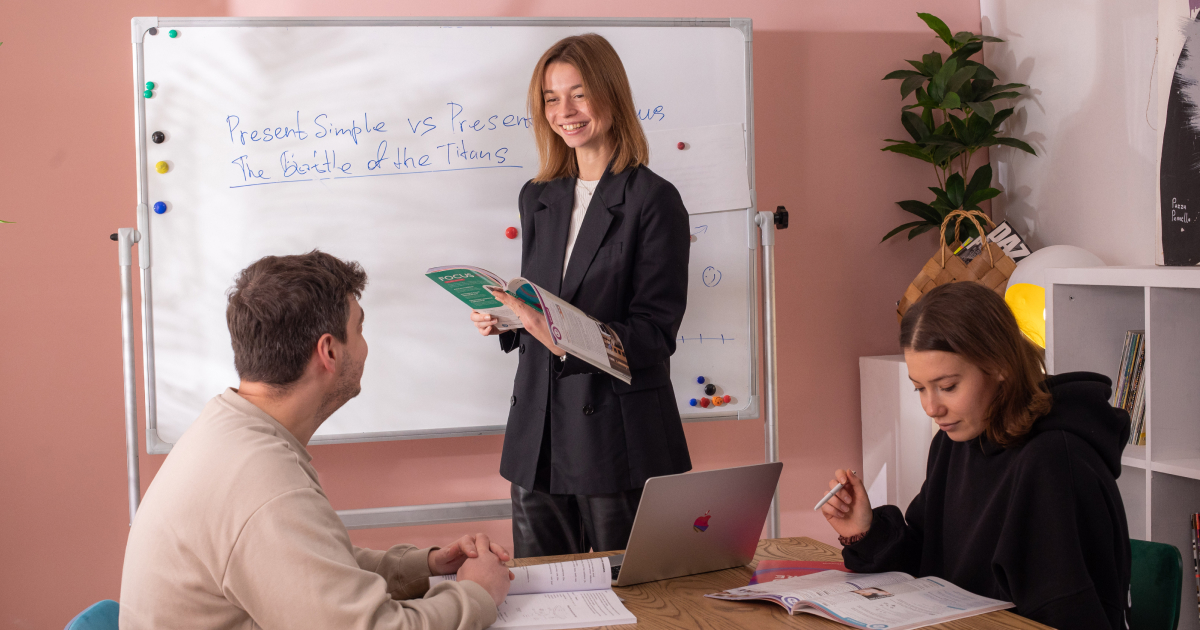Test-teach-test approach to teaching English
- Tips & Strategies
- Methodology

10.02.2025
Have you ever noticed that some children appear unable to remain seated during lessons and are frequently distracted?
They seem to have a lot of energy, but it's hard to channel it in the right direction. This may indicate attention deficit hyperactivity disorder (ADHD).
ADHD (Attention Deficit Hyperactivity Disorder) is a neurological disorder that impairs a child's ability to concentrate, manage their activity and control impulsive behaviour.
The precise causes of ADHD remain unclear, although research suggests several contributing factors, including brain function and genetics.
It is essential to recognise that a child with ADHD may struggle at school, but this doesn't imply they lack the ability to learn.
For example, their hyperactivity might prevent them from sitting still or completing tasks in a traditional manner, while inattentiveness could cause them to miss vital parts of an explanation.
ADHD is not a verdict, but just a peculiarity that requires a special approach. The main thing is to understand the needs of such children and to adapt the learning process to them.

Discover the key to teenage motivation!
Join our courseThe symptoms of ADHD are different for each child. Some children experience inattention, others struggle with hyperactivity and impulsiveness, while some have a combination of all three traits.
For example, a child who is often distracted may not hear important instructions from the teacher. Forgetfulness and a tendency to lose things often result in frequent misunderstandings — notebooks are left at home, pencils get misplaced, and both parents and teachers find themselves constantly reminding the child of even the simplest tasks.
Hyperactivity presents another significant challenge.
A child with this trait struggles to stay still and feels the need to move constantly, which disrupts classroom discipline.
Impulsivity further complicates matters, making their behaviour unpredictable: they may shout out answers, interrupt classmates during discussions, and find it difficult to wait their turn.
Yes, these symptoms may seem like an obstacle to a successful lesson, but the right approach can not only minimise their impact, but also help the child to realise their strengths.
Top English Cartoons you can watch with YL
To help children with ADHD maintain focus, it’s crucial to create a distraction-free environment.
For example, you might play soothing background music or ensure their workspace is tidy and free of unnecessary items that could draw their attention.
Ideally, the furniture around the student should have neutral tones, as bright colours can become a distraction.
Don’t give students several tasks at once, do everything in stages, bring one task to completion, then start the second.
This will help to keep their attention and quality of work.
How to work with mixed-ability classes?
Praising and supporting a pupil helps them develop positive habits. Make an effort to use specific praise.
For example, rather than a general comment like “Well done,” say: “Great job! You stayed focused on the task today and finished it on time!”
This approach ensures they clearly understand why they are being praised, encouraging them to repeat such behaviour in the future.
Rewards, such as points or stickers, can also be an effective way to motivate pupils. An excellent tool for this is the online platform ClassDojo. On this platform, you can create a group for your pupils, where they select their own monster avatar.
After each lesson, you can award points to acknowledge their efforts. Pupils can then save these points and later exchange them — either as a group or individually — for engaging activities that you design yourself.

To help children with ADHD achieve the best results, it is important to take into account their individual learning styles, as each learner perceives and assimilates information differently.
Children with a visual learning style will be much more successful if you use picture cards, presentations with brightly coloured pictures.
For students who are auditory learners, use videos, cartoons, audio materials to make the information easier to absorb.
For students who are auditory learners, incorporate videos, cartoons, and audio materials to present information more effectively.
For instance, when teaching colours in English, you could play a YouTube song that introduces the colours or one that encourages students to repeat the words after the narrator.
Children with a kinaesthetic learning style benefit from hands-on activities and movement, so include games that involve physical actions.
Our blog offers a wide range of games that will seamlessly integrate into your lessons.
Children with ADHD need more time to recover from intense mental exertion, and regular breaks help them recharge.
Take 5-10 minute breaks every 30 minutes of activity.
You can also introduce short warm-ups or stretching.
But of course each student needs different break times, so you will need to observe the children's reactions and experiment with the frequency and length of breaks.

5 tips for teaching English to teenagers
Read nowStudents might make mistakes, feel upset, or have difficulty managing their emotions, which makes patience essential in such situations.
Anticipate that mistakes will occur, and recognise that a child with ADHD may struggle to complete tasks.
At times, you may need to extend deadlines if it becomes clear that the child is falling behind.
Focus on reducing tension in the classroom and strive to maintain a calm and composed manner.
Children can lose interest quite quickly, so it's best to keep tasks short. Incorporating playful formats like mini-games or team activities can make lessons more engaging for pupils.
However, when organising team games, be sure to promote healthy competition.

How to deal with difficult students?
Find outAll in all, the understanding of children with ADHD continues to evolve, and it is important to remain open to new research and approaches.
Working with children with ADHD requires special attention and patience, so they need your support as a teacher.
Start using these strategies to create a comfortable environment for your students.
Kateryna Kuchynska
Author
Content Manager | Teacher of General English
Comments
Leave your comment